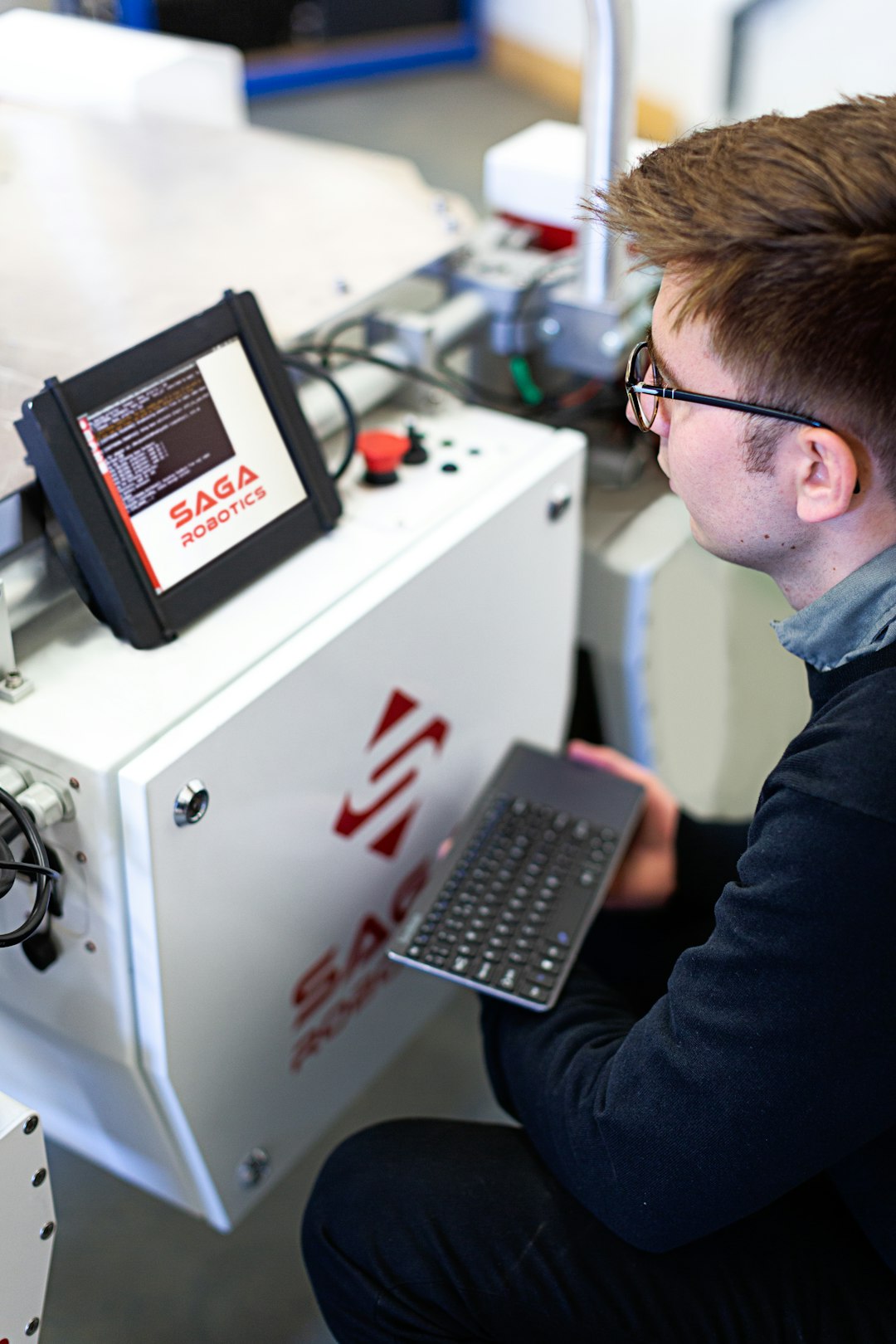Evolution of Air Compressors in Robotics
- Miniaturization : Advances in compressor design have led to compact, lightweight models. These fit seamlessly into robotic structures without adding excessive weight.
- Energy Efficiency : Modern compressors optimize energy consumption. Variable-speed drives adjust output based on demand, reducing wasted energy.
- Silent Operation : Noise reduction is crucial in collaborative robot (cobot) applications. Quieter compressors ensure a pleasant work environment.
- Smart Controls : Compressors now integrate with robot controllers. Real-time monitoring, predictive maintenance alerts, and remote diagnostics enhance efficiency.

